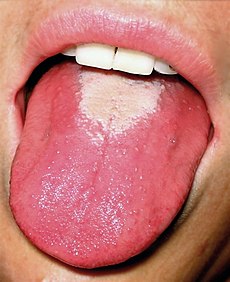Although neurologic, metabolic, and other systemic diseases can sometimes cause excessive sweating, most cases occur in people who are otherwise healthy. Heat and emotions may trigger hyperhidrosis in some, but many who suffer from hyperhidrosis sweat nearly all the time, regardless of their mood or the weather.
What is the treatment for hyperhidrosis?
Through a systematic evaluation of causes and triggers of excessive sweating, followed by a judicious, stepwise approach to treatment, many people with this annoying disorder can achieve good results and improved quality of life.
The approach to treating hyperhidrosis generally proceeds as follows:
- Over-the-counter antiperspirants: Home remedies like these are usually tried first because they are readily available. Antiperspirants containing aluminum chloride (for example, Certain-Dri) may be more effective when other antiperspirants have failed. So-called "natural" antiperspirants are often not very helpful.


